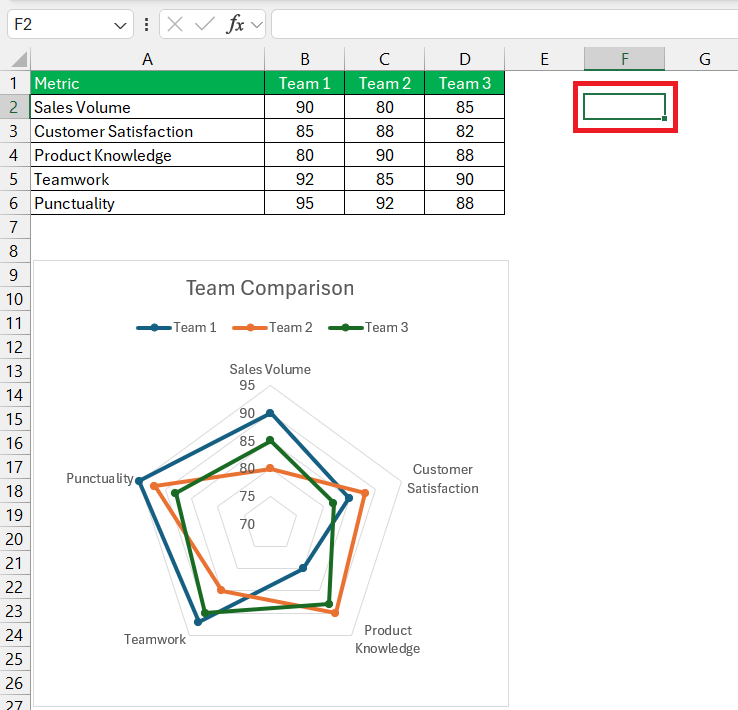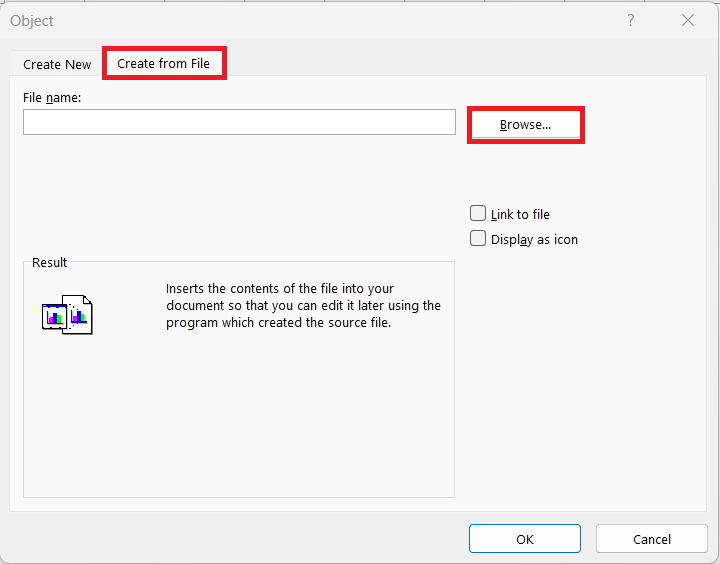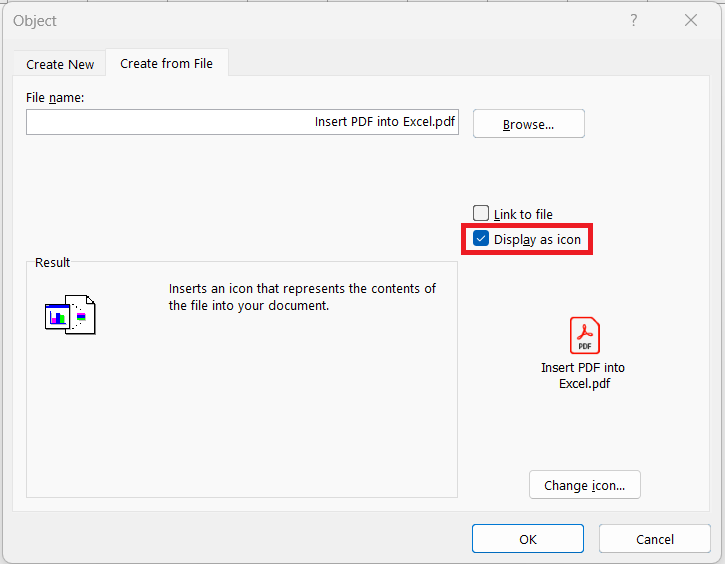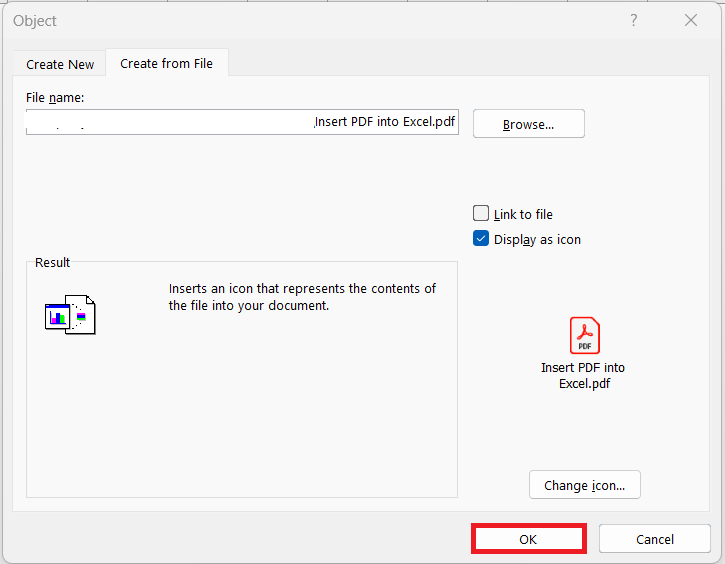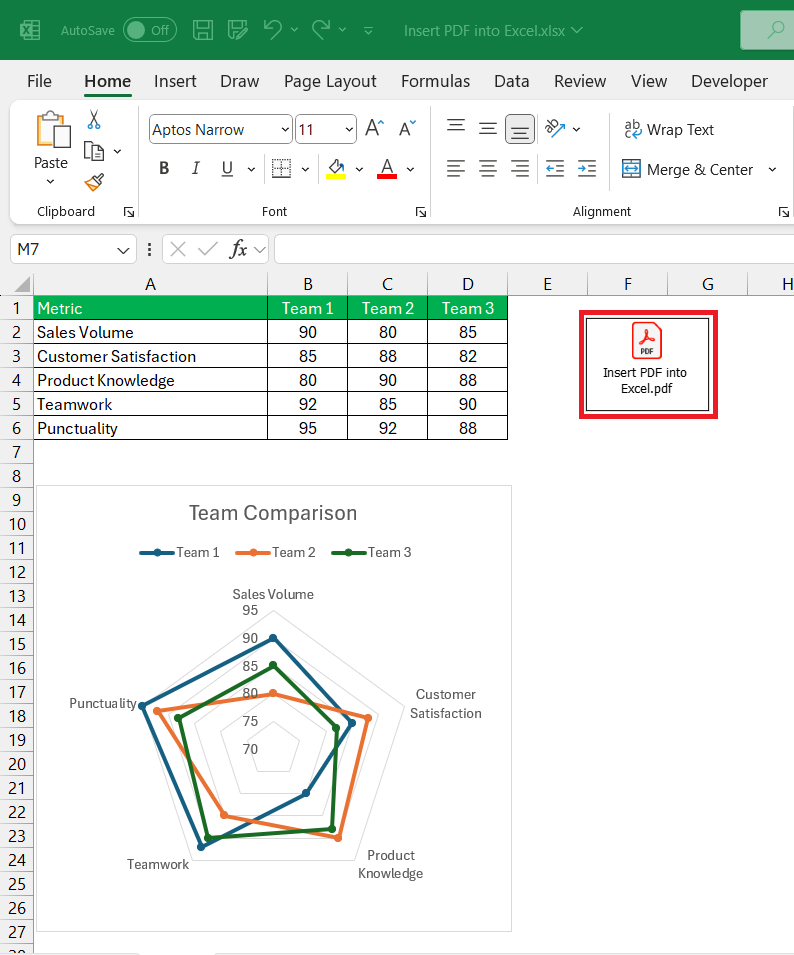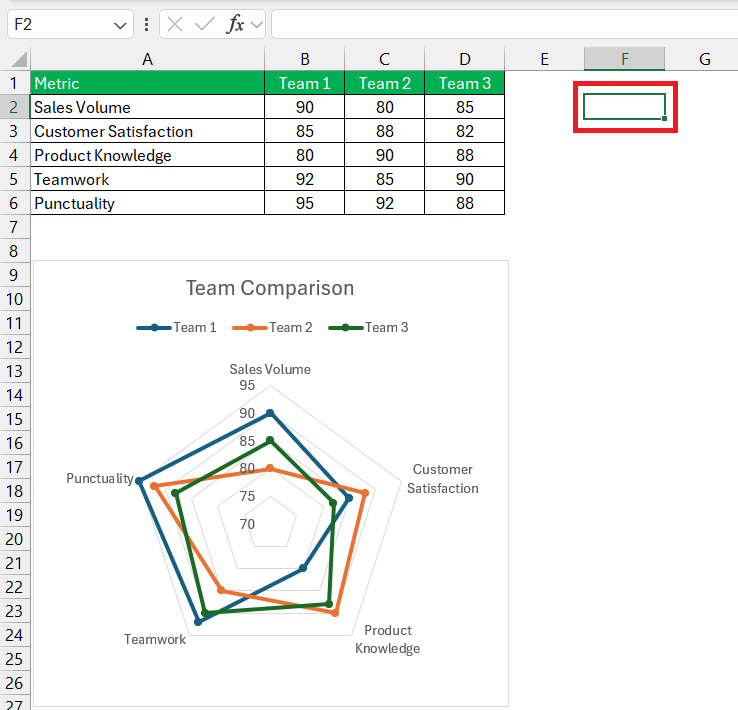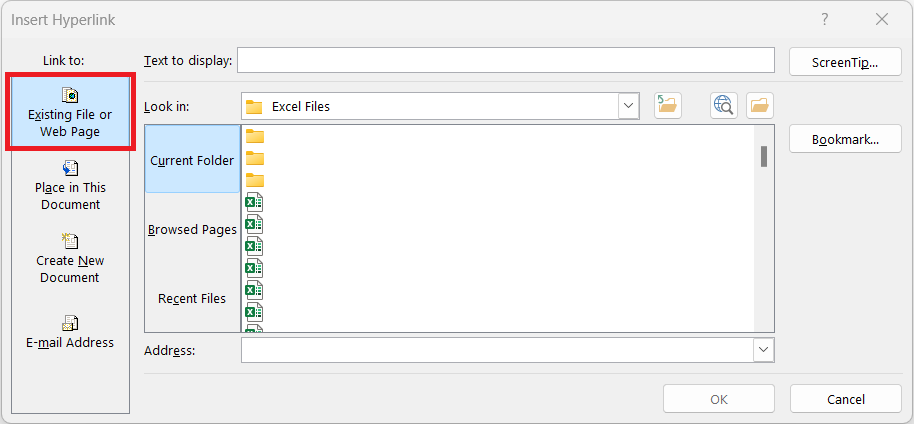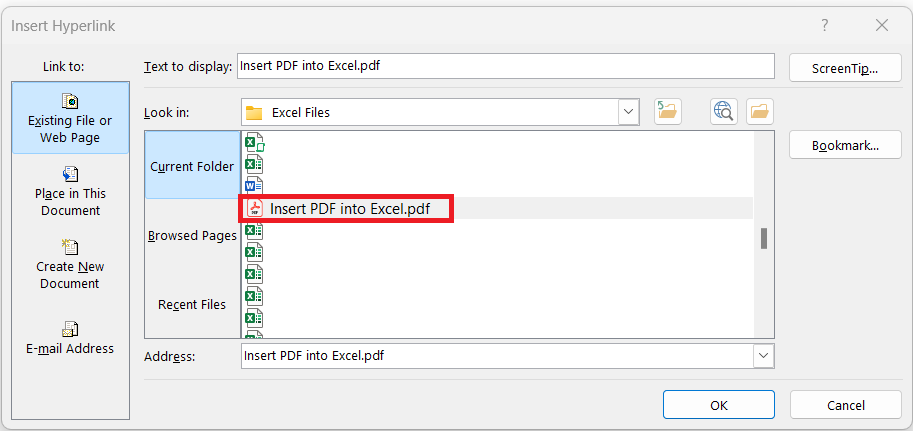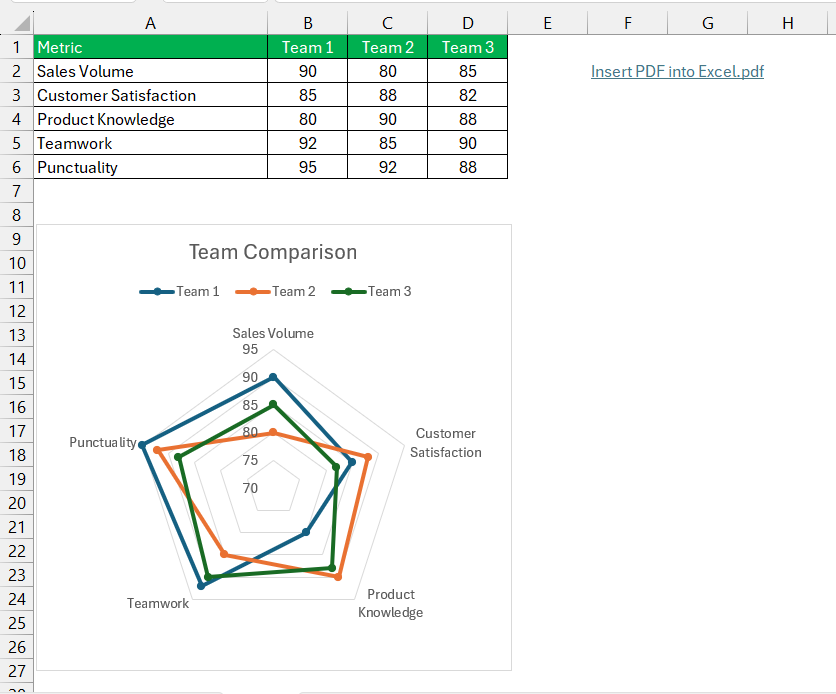Inserting a PDF into Microsoft Excel can be a useful way to incorporate external documents or additional information directly into your spreadsheet. This process involves embedding the PDF file into an Excel worksheet, allowing you to view or access the document without leaving the Excel environment. You can achieve this by using the “Insert” function to add the PDF as an object, making it easily accessible within your Excel file. This integration is particularly beneficial for keeping related documents together for better data management and presentation.
Key Takeaways:
- Efficient Integration: Embedding PDFs into Excel keeps all related documents accessible in one place.
- Seamless Access: Viewing PDFs directly within Excel eliminates the need to switch between applications.
- Simple Process: Use the “Insert” function to add PDFs as objects in your spreadsheet.
- Enhanced Organization: Consolidates documents for better data management and presentation.
- Multiple Options: Choose to embed the entire PDF, or insert a hyperlink.
Table of Contents
Introduction: Streamline Your Excel Experience
The Need for PDF Integration in Excel
Integrating PDFs into Excel is akin to fitting an informational puzzle together perfectly; it creates a unified picture that makes your data more comprehensive and accessible. If you often find yourself toggling between spreadsheets and detailed documents, the ability to embed those PDFs can save you significant time and streamline your workflow.
By keeping all related files in one place, you eliminate the constant back and forth and maintain a clear trail of where and when your files originated.
Overview of the 5 Steps to Insert PDF into Excel
Embarking on the journey of inserting PDF files into your Excel workbook can seem daunting, but with a structured approach, it becomes a smooth sail. Let’s briefly peek at the roadmap for this excursion: first, you’ll open your workbook and select the appropriate spot for the PDF. Next, you have the choice of either embedding the PDF entirely, or inserting a link to the PDF.
Top 2 Methods to Insert PDF into Excel
Method 1: Embedding a PDF as an Object
STEP 1: Click on the cell where you want the PDF to be embedded.
STEP 2: Navigate to the Insert tab on the ribbon. Click on Object in the Text group.
STEP 3: In the Object dialog box, select the Create from File tab. Click Browse to locate your PDF file.
STEP 4: Once selected, you can check the Display as icon box if you prefer the PDF to appear as an icon rather than the document’s first page.
STEP 5: Click OK to insert the PDF.
The PDF will now be inserted as an object inside your Excel Workbook. You can resize and position the PDF object as necessary within the spreadsheet.
Method 2: Linking to a PDF
Another method is to link to a PDF file, which can be useful if you need the most updated version of the PDF to be accessible from the Excel document.
STEP 1: Click on the cell where you want the hyperlink to be placed.
STEP 2: Navigate to the Insert tab. Click on Link in the Links group.
STEP 3: In the Insert Hyperlink dialog box, click on Existing File or Web Page.
STEP 4: Browse to the location of your PDF file and select it. Click OK to insert the hyperlink.
The link to the PDF document will be inserted into Excel.
Tips for Managing PDFs in Excel
- File Size: Embedding large PDFs can increase the file size of your Excel workbook. Consider compressing your PDF before embedding.
- Compatibility: Ensure that the recipient of your Excel file has the necessary software to view embedded or linked PDFs.
- Editing: Once embedded, you cannot directly edit the PDF from within Excel. You will need to edit the original PDF and reinsert or relink it if changes are required.
Conclusion
Inserting PDFs into Excel can greatly enhance your data management and presentation capabilities. By following the methods outlined above, you can seamlessly integrate PDF content into your Excel workbooks, ensuring that all relevant information is easily accessible and well-organized. Whether you choose to embed or link to the PDF, each method has its own advantages that cater to different needs and preferences.
FAQs: Fine-Tune Your PDF & Excel Integration
How do I paste from a PDF to Excel?
To paste content from a PDF to Excel, open the PDF, select the text or table you want to copy, and right-click to copy it. Then, switch to Excel and right-click on the cell where you want the data to appear, choosing ‘Paste Special’ if necessary. Keep in mind, that pasting complex tables might require additional formatting in Excel to appear correctly.
How do you insert a PDF into Excel without losing quality?
To insert a PDF into Excel without losing quality, embed it as an object rather than pasting it as an image or as text. This preserves the document’s original formatting. When you insert it as an object, Excel creates a link to the PDF file, keeping its high resolution and ensuring that it remains readable and intact.
Can you link parts of a PDF to different cells in an Excel spreadsheet?
Linking specific parts of a PDF to different cells in Excel isn’t directly possible; Excel treats the entire PDF as one object. However, you can create separate icons or text links in Excel for different sections of a PDF by splitting the PDF into separate files and then linking each file to its respective Excel cell.
How to convert the PDF into image formats?
To convert a PDF into image formats like PNG or JPEG. Open the file in the application, look for an option to ‘Export’ or ‘Convert’ the PDF, and select the image format you require. Save the converted image to your desired location to then insert into Excel.
How to open a PDF file from Excel?
To open a PDF file directly from Excel, you can insert a hyperlink to the PDF or attach the PDF as an object. Creating a hyperlink is as simple as right-clicking a cell, selecting ‘Hyperlink’, and then choosing the PDF file. If you embed the PDF as an object, you’ll just need to double-click the icon or image representing the PDF in your Excel worksheet, and it will open with your system’s default PDF viewer.
John Michaloudis is a former accountant and finance analyst at General Electric, a Microsoft MVP since 2020, an Amazon #1 bestselling author of 4 Microsoft Excel books and teacher of Microsoft Excel & Office over at his flagship MyExcelOnline Academy Online Course.

